Search The Collection
Filter By
Object Type / Material
Geographic Location
Date / Era
Department
Show Only:
- As part of the Met's Open Access policy, you can freely copy, modify and distribute this image, even for commercial purposes.APIPublic domain data for this object can also be accessed using the Met's Open Access API
- Objects with changed or unknown ownership in continental Europe between 1933-1945. Learn more
Showing 25 results for Newari for Tibetan market
Sort By:

Newari for Tibetan Market
17th–19th century

Newari for Tibetan Market
17th–19th century
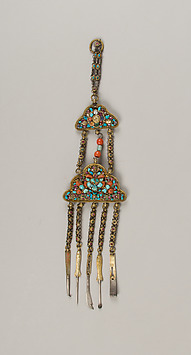
Newari for Tibetan market
17th–19th century
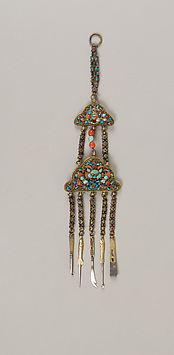
Newari for Tibetan market
18th–19th century

Newari for Nepal or Tibet market
17th–19th century
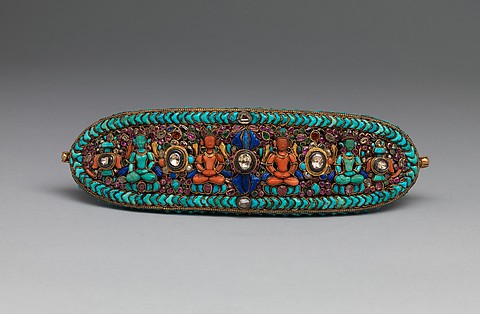
Newari for Nepal or Tibet market
17th–19th century
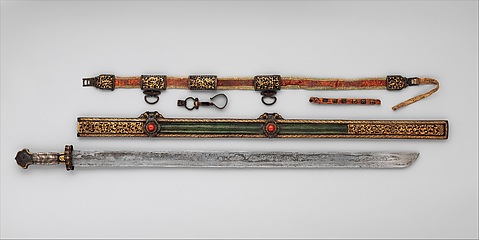
Tibetan
blade, ca. 16th–17th century; hilt, scabbard, and belt, ca. early 18th–mid-19th century

Eastern Tibetan or Chinese for the Tibetan market
17th–18th century

Eastern Tibetan or Chinese for the Tibetan market
17th–18th century
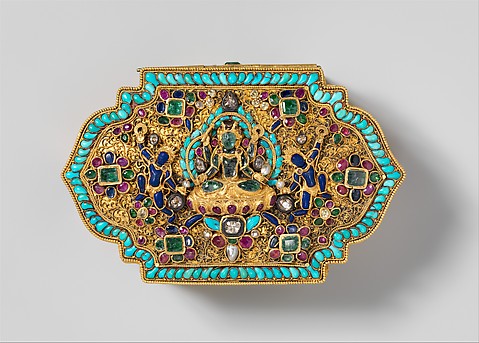
Top decoration: Newari; box: Tibet, Lhasa area
17th–19th century
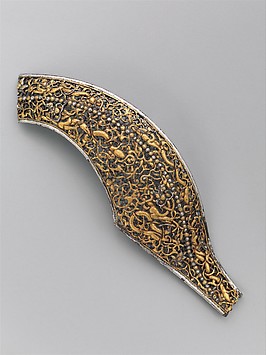
Tibetan or Chinese
16th–18th century
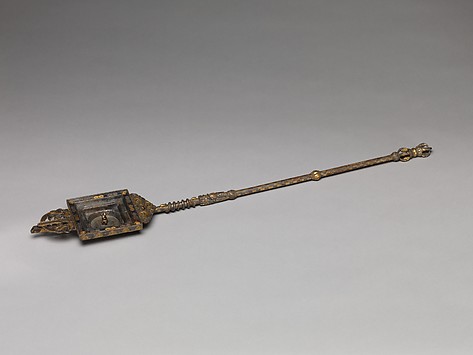
Eastern Tibet, Derge, for Chinese market

Nepal, Kathmandu Valley
16th century
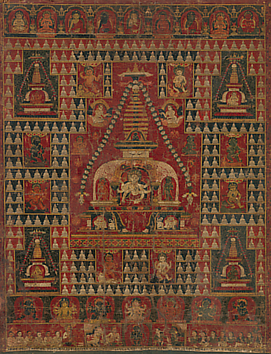
Nepal
dated 1510–19
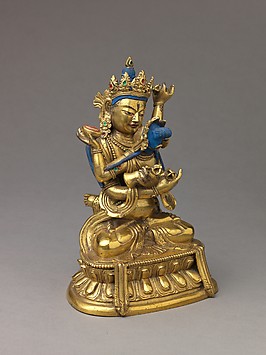
probably Chinese or Tibetan
1403–24
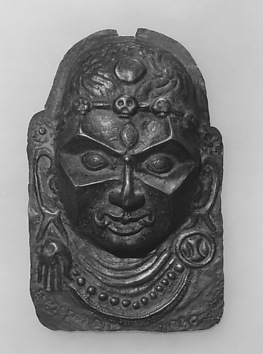
Nepal
probably 15th–16th century
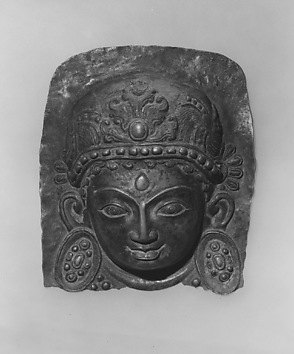
Nepal (Kathmandu Valley)
probably 14th–16th century
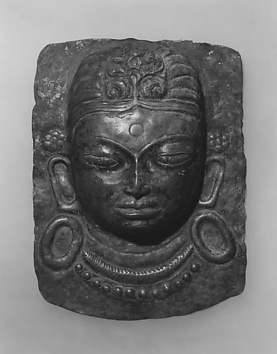
Nepal (Kathmandu Valley)
probably 14th–16th century

14th century
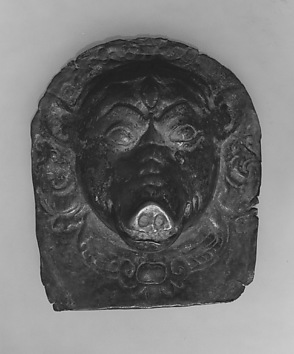
Nepal (Kathmandu Valley)
probably 14th–16th century

Nepal (Kathmandu Valley)
probably 14th–16th century
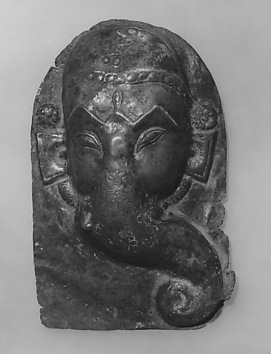
Nepal (Kathmandu Valley)
probably 14th–16th century
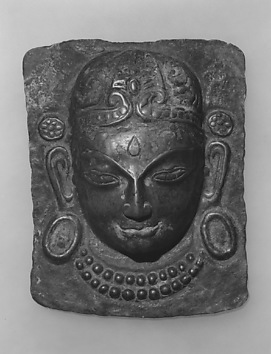
Nepal (Kathmandu Valley)
probably 14th–16th century

Edo peoples
16th–17th century

15th–16th century